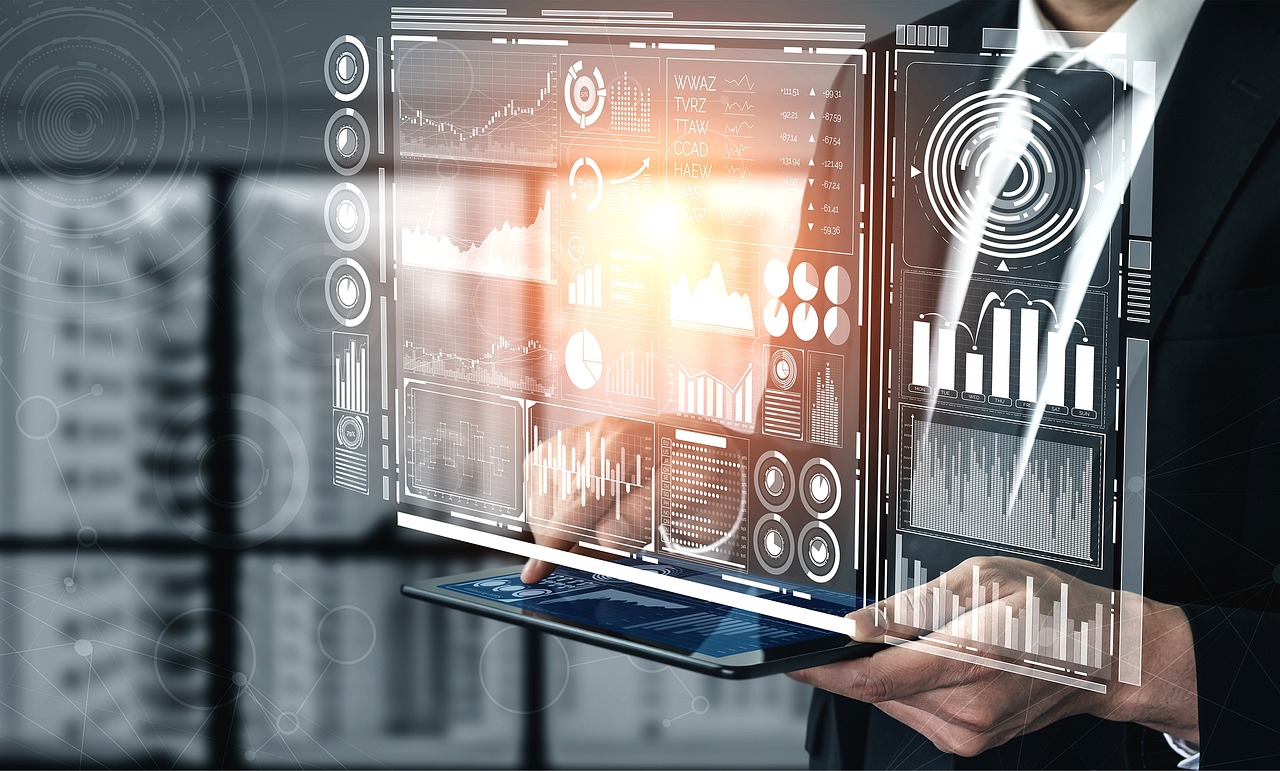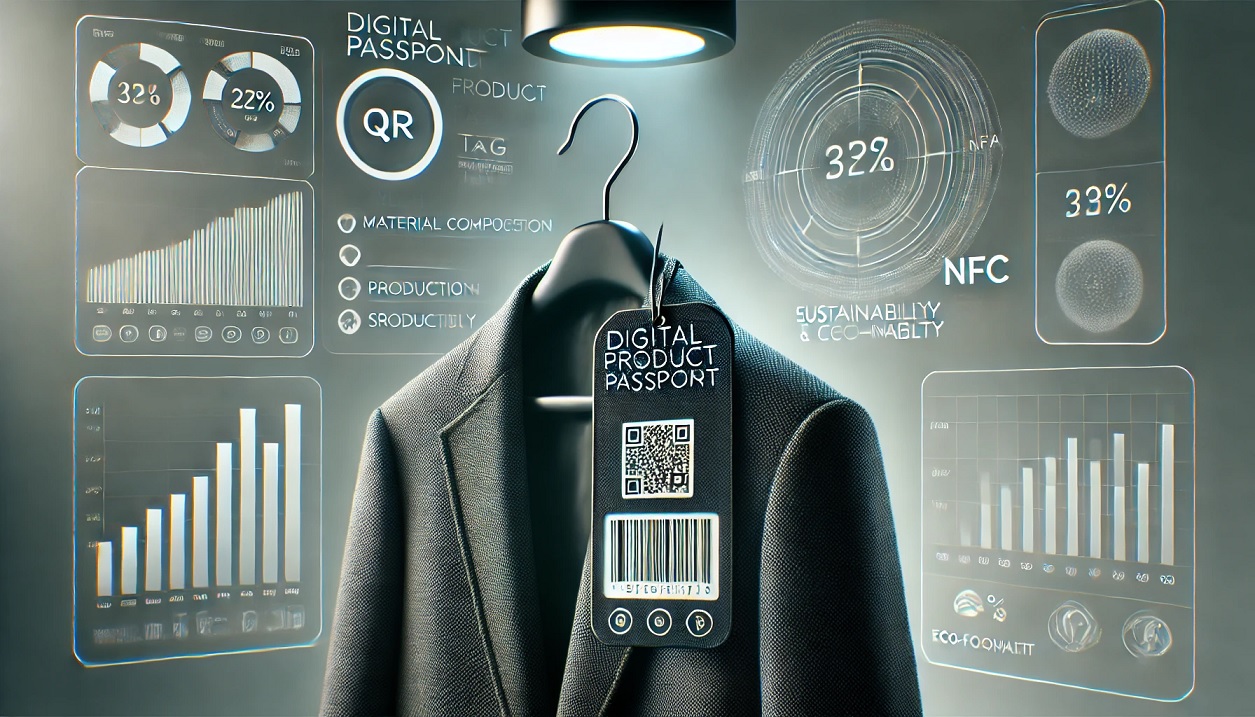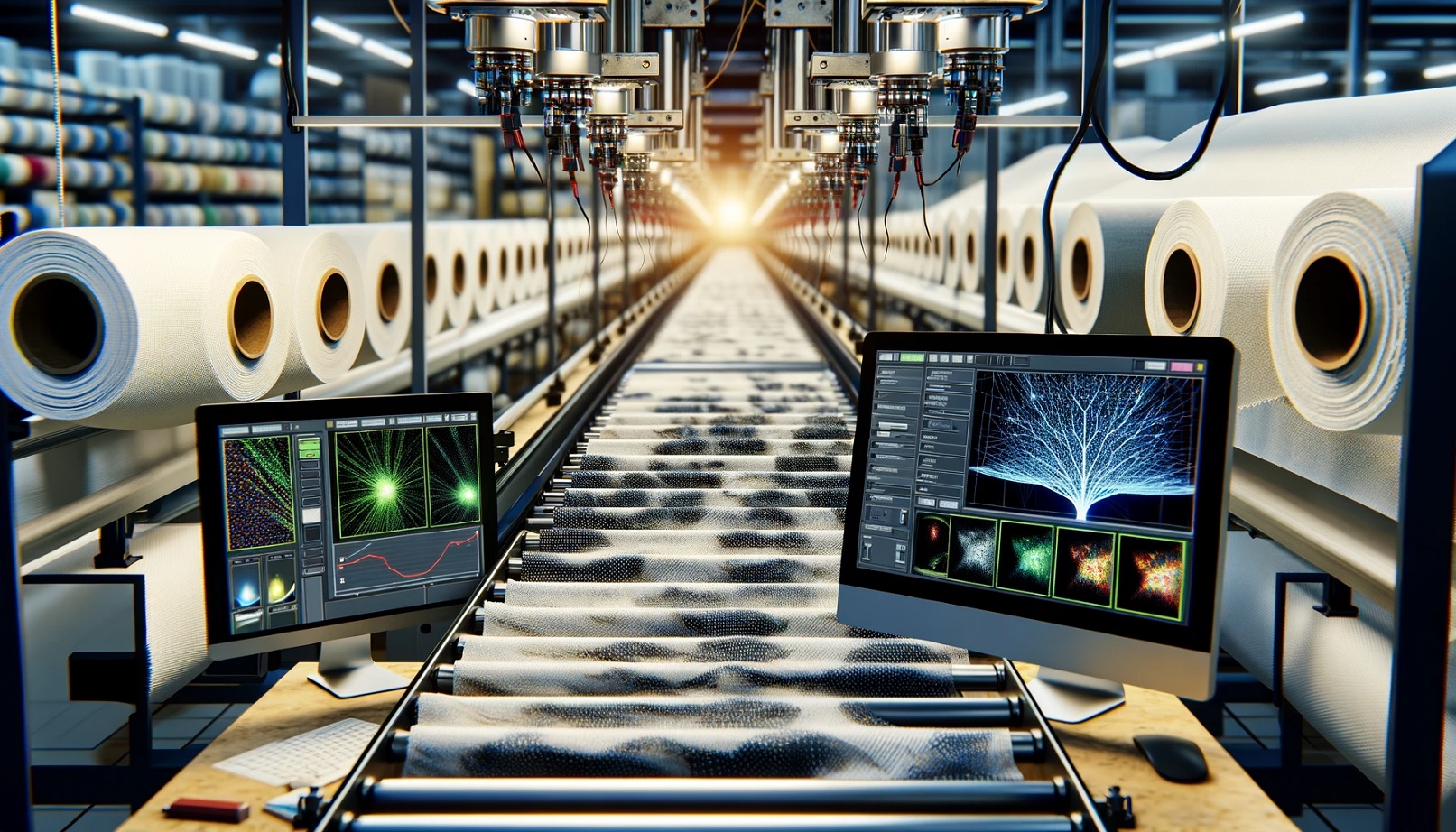Fashion trend forecasting is the process of predicting the future direction of consumer preferences, styles and behaviors in the fashion industry. It is a vital tool for fashion brands and retailers to plan their products, collections, marketing and sales strategies.
Traditionally, fashion trend forecasting relies on human experts who observe and analyze various sources of information, such as runway shows, street style, social media, cultural events, consumer surveys and market data. However, this method can be time-consuming, labor-intensive, subjective and inaccurate.
With the advancement of artificial intelligence (AI), fashion trend forecasting is undergoing a digital transformation. AI can help fashion brands and retailers to forecast trends faster, more accurately and more efficiently by using data-driven methods and algorithms.
How AI works for fashion trend forecasting?
AI can use different types of data to forecast fashion trends, such as images, text, numbers and videos. For example, AI can analyze millions of social media images shared by influencers and consumers to identify emerging styles, colors, patterns and details. AI can also use natural language processing (NLP) to extract insights from text sources such as blogs, magazines, reviews and comments. AI can also use numerical data such as sales figures, inventory levels, web traffic and search queries to predict demand and optimize pricing.
AI can use different techniques to forecast fashion trends, such as computer vision, machine learning and deep learning. For example, AI can use computer vision to detect and classify clothing attributes from images. AI can also use machine learning to learn from historical data and identify patterns and correlations. AI can also use deep learning to create complex neural networks that can generate new designs and styles.
How AI benefits fashion trend forecasting?
AI can provide various benefits for fashion trend forecasting, such as:
Accuracy: AI can forecast trends with higher precision and reliability by using large-scale data and sophisticated algorithms.
Efficiency: AI can forecast trends faster and easier by automating the data collection and analysis process.
Innovation: AI can forecast trends more creatively by generating new ideas and inspirations.
Sustainability: AI can forecast trends more responsibly by reducing waste and overproduction.
Examples of AI for fashion trend forecasting
There are several examples of companies that use AI for fashion trend forecasting, such as:
Heuritech: A French company that offers brands predictive analytics on trends and products using advanced artificial intelligence. Heuritech analyzes 3 million images daily shared on social media, and can recognize over 2000 apparel details. Heuritech helps fashion brands to forecast demand and trends more accurately, produce more sustainably, and achieve competitive advantage.
WGSN: A global authority on consumer trend forecasting and analytics for the fashion and lifestyle industries. WGSN provides consumer insight, product design direction and trading strategies through subscription and consultancy services, using expert research, data science and AI. WGSN claims to have over 90% forecasting accuracy with its TrendCurve+ tool, which uses AI-powered forecasts to help clients make smarter investments.
Stylumia: An Indian company that deploys its AI and machine learning platform to help fashion and lifestyle brands forecast demand, spot trends, manage inventory, and make better business decisions. Stylumia uses proprietary algorithms to analyze consumer behavior data from online platforms such as e-commerce sites, social media platforms and search engines. Stylumia helps fashion brands to reduce inventory risk, increase sell-through rate, and improve profitability.
Conclusion
AI is transforming fashion trend forecasting by using data-driven methods and algorithms to predict the future direction of consumer preferences, styles and behaviors in the fashion industry. AI can help fashion brands and retailers to forecast trends faster, more accurately, more efficiently, more creatively and more responsibly. AI can also provide new opportunities and challenges for the fashion industry in terms of design, production, marketing and sales. AI is not a replacement for human experts, but a powerful tool that can enhance their capabilities and creativity.



